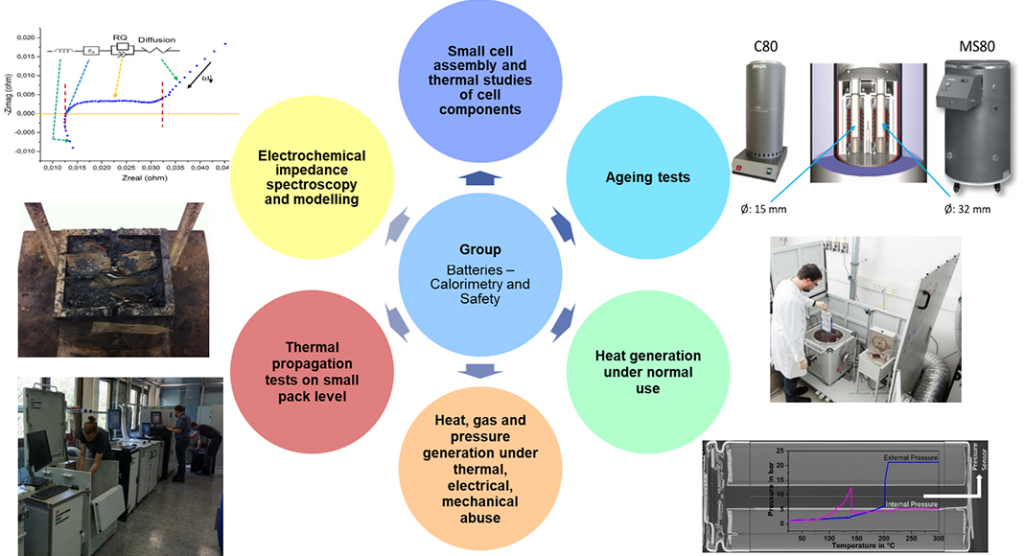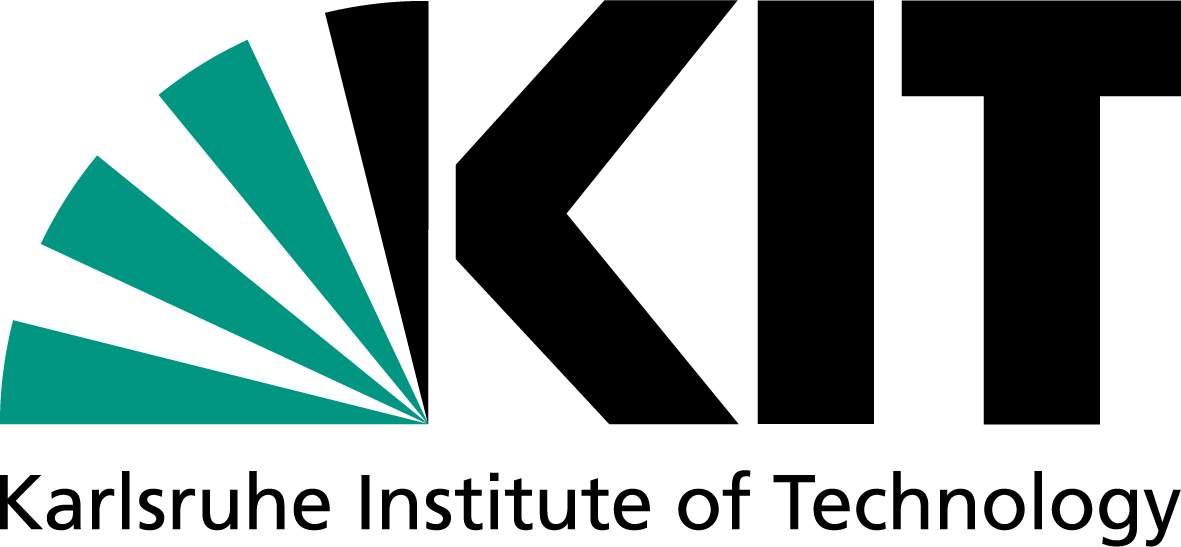Dr Carlos Ziebert, leader of the group Batteries – Calorimetry and Safety, discusses the group’s calorimetric studies and safety tests on lithium-ion cells and post-lithium cells.
In February 2020, a new group was founded at the Institute of Applied Materials – Applied Materials Physics (IAM-AWP) of Karlsruhe Institute of Technology (KIT). Led by Dr Carlos Ziebert the group Batteries – Calorimetry and Safety focuses on calorimetric studies and safety tests on lithium-ion cells and post-lithium cells. For this purpose, depending on the cell size and application, different types of calorimeters are used in Europe’s largest battery calorimeter laboratory, which was established in 2011. It provides six Accelerating Rate Calorimeters (ARCs) from Thermal Hazard Technology allowing the evaluation of thermodynamic, thermal and safety data for Lithium-ion and post-Li cells on material, cell and pack level for both normal and abuse conditions (thermal, electrical, mechanical). The lab also includes glove boxes for the cell assembly and disassembly, many temperature chambers, a thermal camera, and cyclers with several hundred channels. In addition, it contains extremely sensitive 3D Calvet calorimeters, which provide thermodynamic parameters and gaschromatography mass spectroscopy systems from Perkin-Elmer for venting gas analysis.

The group’s work can be categorised into the following six areas (see Fig. 1 above):
- Small cell assembly and thermal studies of cell components
- Ageing tests
- Heat generation under normal use
- Heat, gas and pressure generation under thermal, electrical, mechanical abuse
- Thermal propagation tests on small pack level
- Electrochemical impedance spectroscopy and modelling
The group is interdisciplinary and well connected across both Germany and Europe and pursues a comprehensive approach that ranges from basic studies to industrial applications. Starting with four members in February the group has been growing up to nine members due to a very successful first year with the funding of the participation in two national and an EU project in Horizon 2020. The first national project, which will start on the 01 January 2021 is called AnaLiBa (Analytics of Lithium-Ion-Batteries) in the new competence cluster Analytics/quality assurance (AQua). In the European project HELIOS (High-pErformance moduLar battery packs for sustainable urban electrOmobility Services), which is funded by around €10m and starts at the 01 January 2021 as well, improved modular battery packs will be developed together with 18 partners from Europe and Turkey under the lead of Aarhus university.
The second national project is called BatgasMod (Modelling of Battery Gasing) has been started at the 01 September 2020 and belongs to the new battery competence cluster Battery usage concepts (BattUse). This competence cluster BattUse aims to foster our understanding of battery behavior to determine when the second use of battery storage is preferable and is funded by the German Federal Ministry of Education and Research – BMBF by €20m. To guarantee of a permanently high performance of lithium-ion batteries (LIB) in long-term operation requires the perfect interaction of the constituent components, such as electrodes, electrolyte, separator, and current collectors. However, extensive material reactions take place during permanent charging and discharging, but also during the initial battery formation, which can adversely affect the behaviour of the LIB. The reactions of the liquid electrolyte and the associated gas formation play a decisive role in cell aging and cell safety. These are therefore the focus of the BatgasMod project funded by the BMBF with around €1.3m. It is led by the IAM-AWP at KIT, other partners are the Institute for Power Electronics and Electrical Drives (ISEA) at RWTH Aachen University and the Münster Electrochemical Energy Technology (MEET) at the University of Münster. The aim of the project is to develop electrolyte aging models in combination with battery models for the early prediction of cell behavior in the usage phase, explains Dr Ziebert. The work at KIT focuses on two areas. On the one hand, extensive battery calorimetric measurements will be carried out on the active materials and the electrolytes as well as on the cells for a consistent modeling in order to better understand the changes and to reveal the decomposition mechanisms of the electrolyte and the simultaneous build-up of gas pressure during cell use. On the other hand, the results of the calorimetric measurements will be included in a thermodynamic modeling of the electrolyte components, the additives, and the electrode materials with the help of CALPHAD (CALculation of PHAse Diagrams) methods, which are used to calculate phase diagrams and thermodynamic functions that are implemented in the overall model. The overall model finally will make it possible to understand in detail the decomposition of the battery electrolyte in the course of battery use and the effects on aging. In this way, safety can be increased, and the LIB can be operated much longer without disruption, which increases their sustainability. Likewise, by transferring the model to newly developed materials and cells, their time-to-market is shortened, which allows the model to check performance and service life with regard to electrolyte aging at an early stage. This serves both the mission of the BattUse cluster and the innovation pipeline of the BMBF umbrella concept for the German battery research factory.








